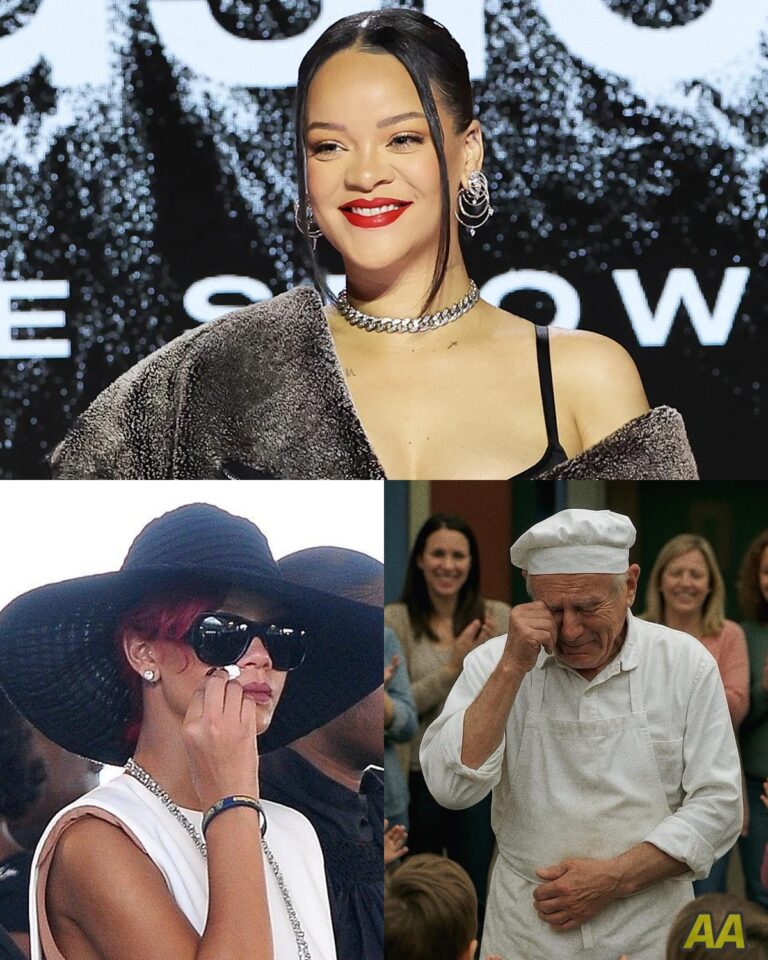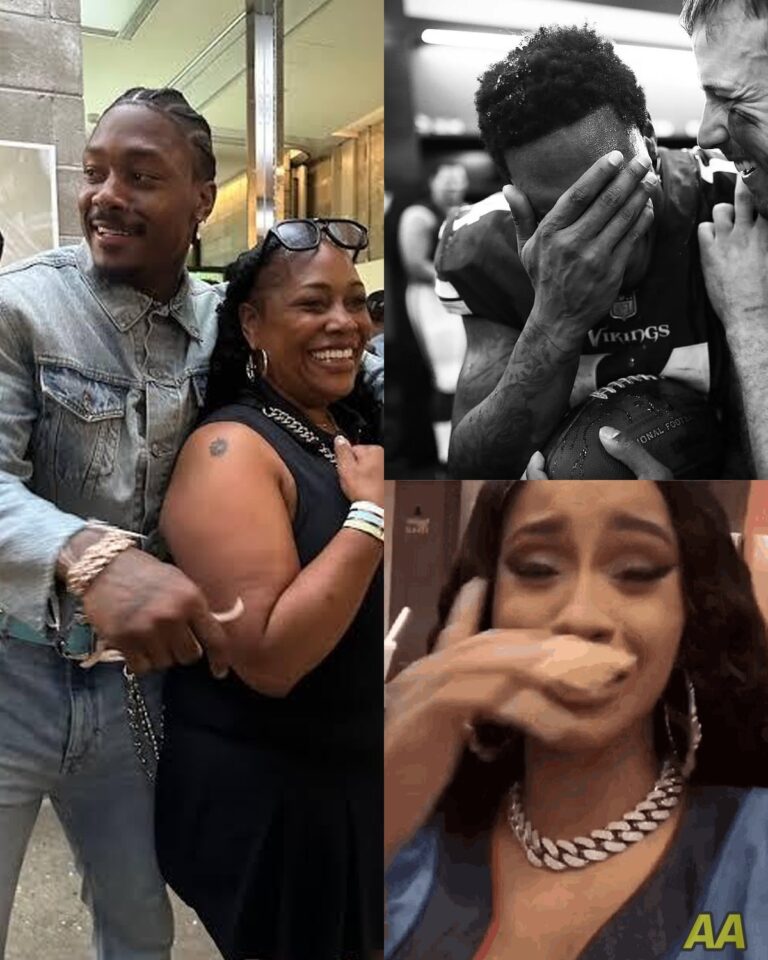
In the late 1990s, Rockefeller Records was more than a label—it was a movement. Jay-Z had already begun carving out his legendary status with albums like *Reasonable Doubt*. Enter Beanie Sigel, who joined the label in 1999. Discovered after a freestyle at a Rockefeller meeting, Sigel quickly proved his worth. His 2000 debut album *The Truth* was a commercial and critical success, solidifying him as a cornerstone of Rockefeller.
Beyond music, Beanie helped shape the label’s cultural footprint. His group, State Property, spawned a clothing line and a cult-classic movie that further bolstered Rockefeller’s influence. To many, Beanie’s loyalty to the Rockefeller family seemed unshakeable—but cracks were forming.

Despite Beanie’s contributions, Rockefeller’s dynamics were shifting. By 2003, Jay-Z’s ambitions had grown beyond the label. He began making decisions that prioritized his personal image over the collective good. Beanie noticed this, but his loyalty remained unwavering—until legal troubles tested the bonds of “La Familia.”
Beanie faced serious charges, including attempted murder and weapons possession, risking decades in prison. During his trial, the judge gave Jay-Z a chance to vouch for Beanie’s character. Jay refused. For Beanie, this was a breaking point. The man he had defended and trusted had left him to face his darkest hour alone.
As Beanie served a year-long sentence, Rockefeller itself unraveled. Jay-Z became Def Jam’s president, and Dame Dash was ousted from the company. Beanie’s third album, *The B. Coming*, released during this turmoil, lacked the promotional support it deserved.
After his release, Beanie struggled to rebuild his career. He accused Jay of blocking opportunities, including a deal with 50 Cent’s G-Unit. Beanie believed Jay’s moves were less about business and more about protecting his image.
By 2009, Beanie’s frustrations boiled over. He released diss tracks aimed at Jay, accusing him of disloyalty and implying he held secrets that could damage Jay’s reputation. Despite the public fallout, the two seemed to reconcile in 2015, sharing a stage during a Tidal concert.
But questions remained. Dame Dash later claimed that Jay’s actions, including letting Beanie take the fall for crimes, were calculated to protect Rockefeller’s image. Fans and insiders speculated that Beanie’s legal troubles conveniently removed him from the picture, allowing Jay to distance himself from the street persona that had once defined him.
Beanie’s life post-Rockefeller was tumultuous. From surviving a near-fatal shooting to financial struggles, his journey highlighted the price of loyalty in an industry driven by ambition. While his legacy as a rapper remains intact, his story serves as a cautionary tale about the sacrifices and betrayals that often come with success.






